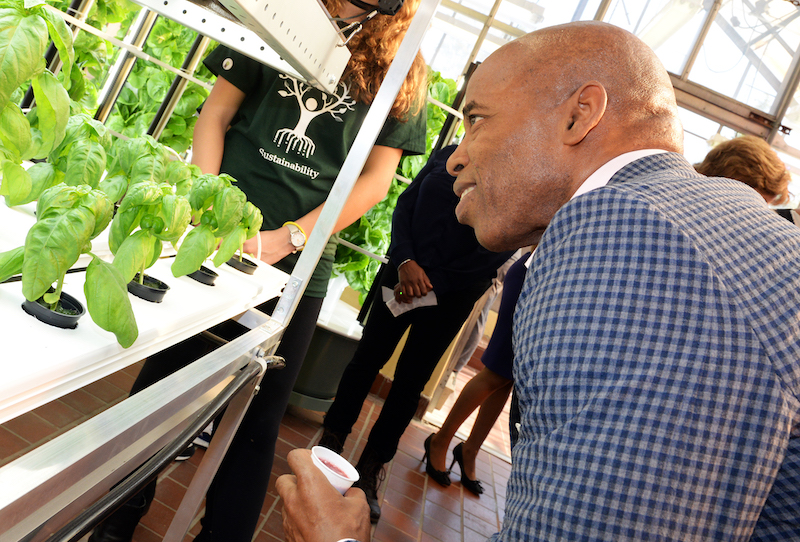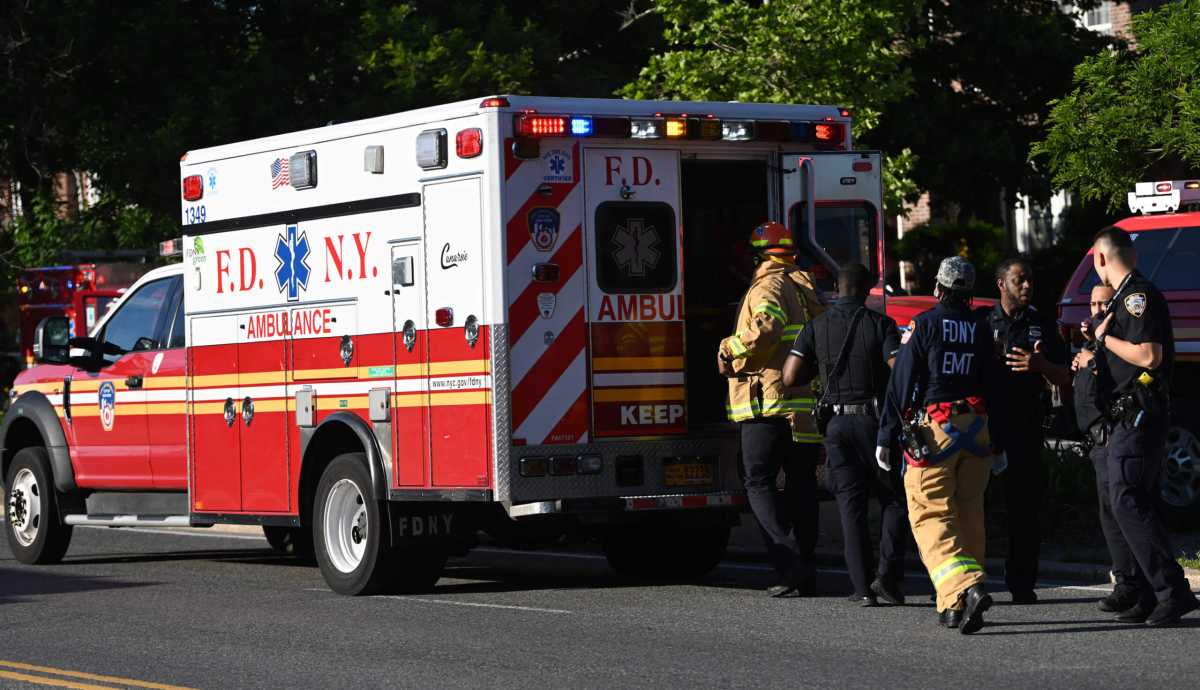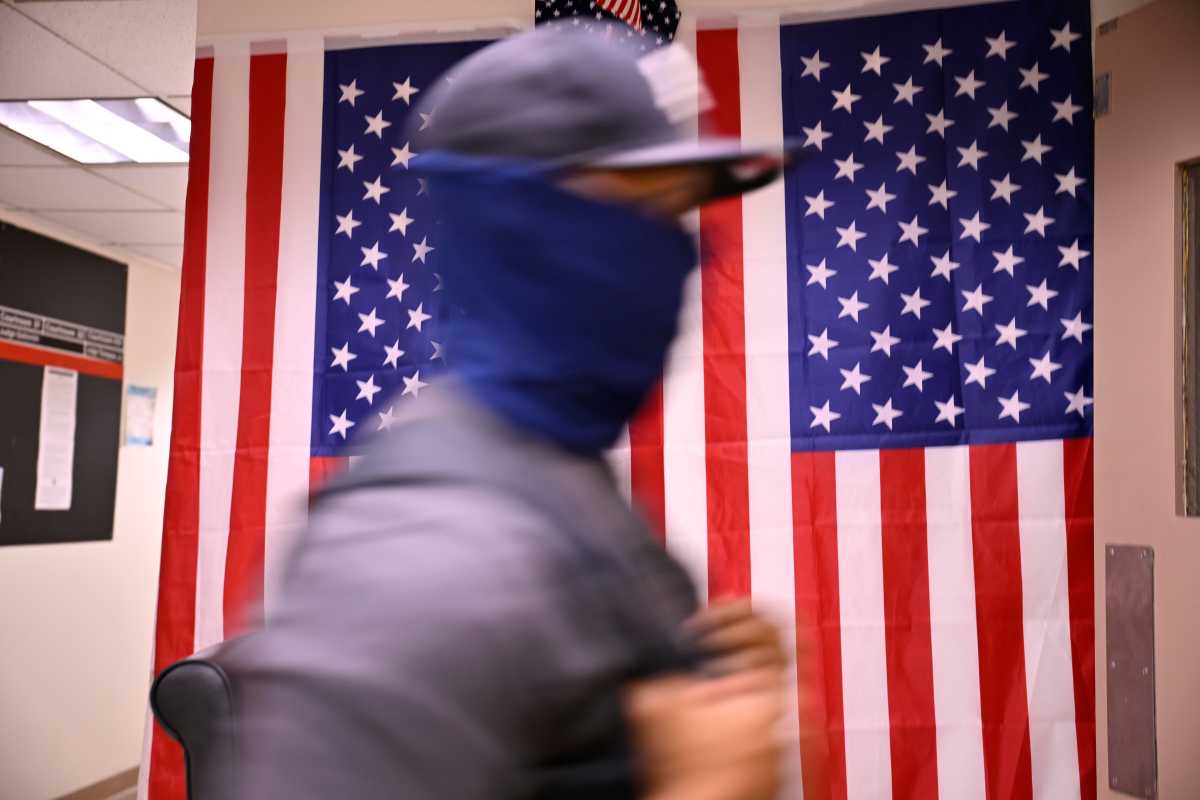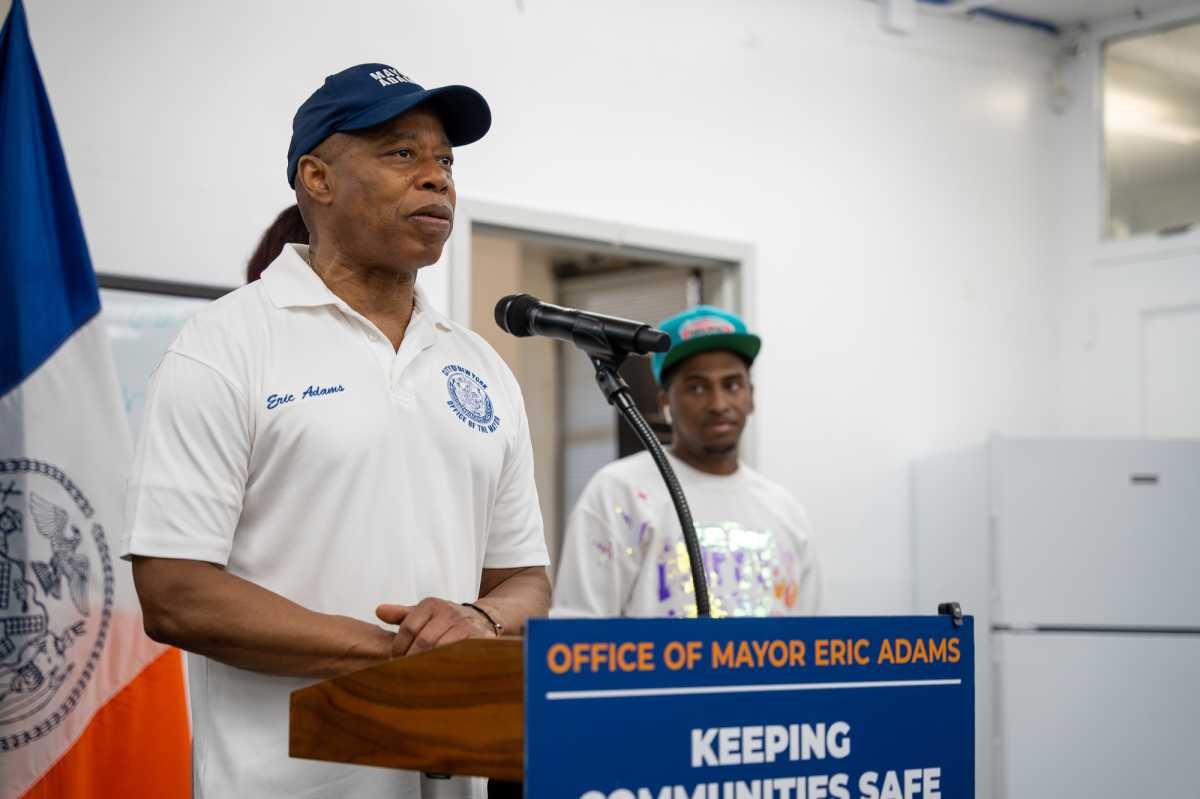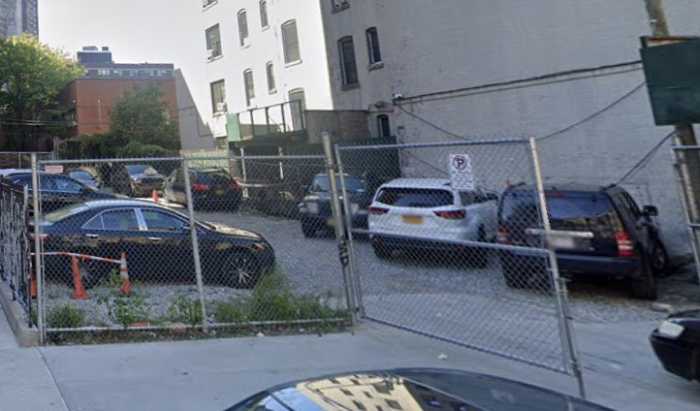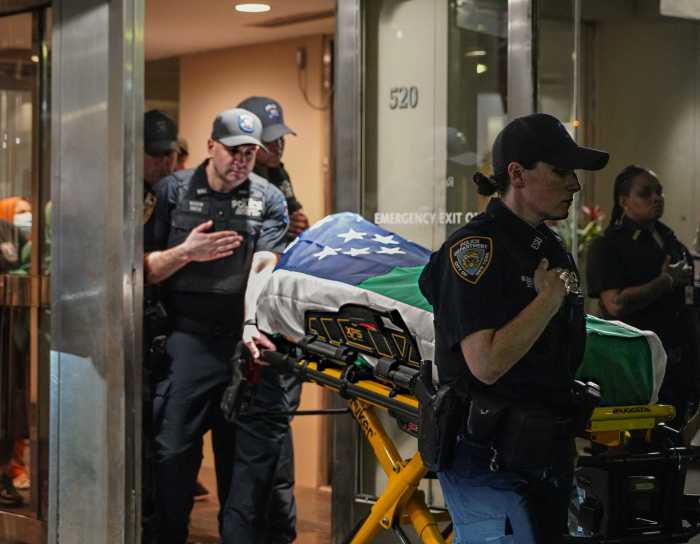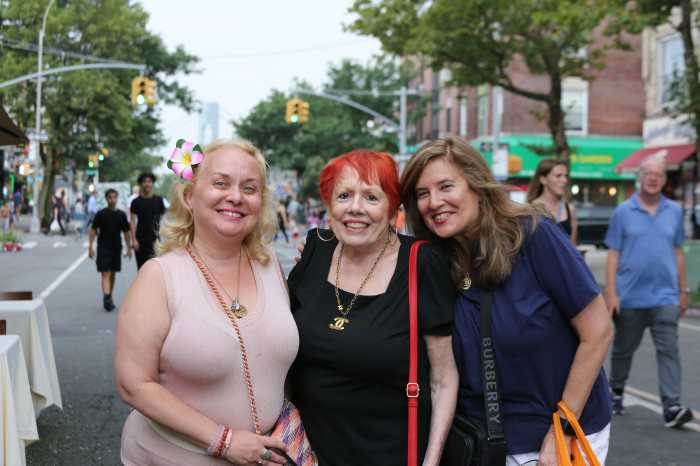COVID-19 is claiming a disproportionate number of Black and Brown lives in cities across America. Data shows that in New York City, Black residents account for 28 percent of fatalities though they comprise only 22 percent of the population, and Latinos account for 34 percent of fatalities despite making up only 29 percent of the population.
These tragic deaths are an indictment – not just of our broken health care system, but also of our grotesquely unequal food system. It’s not a coincidence that the primary “comorbidities” of COVID-19 are diet-related: hypertension, diabetes, and heart disease. Communities of color were already dying of these illnesses long before this coronavirus struck. Many of the losses we’re experiencing now could have been prevented.

I know this better than anyone. Four years ago, I woke up one morning and could barely see the numbers on my alarm clock. I was diagnosed with Type 2 diabetes and told I’d need to be on medication for the rest of my life.
Instead, I turned to food. After three months of eating a whole-food, plant-based diet, I completely reversed my disease and lost 35 pounds. I haven’t taken any diabetes medications since, and I’m healthier today, approaching 60, than I was in my twenties, on the beat as a cop.
I was fortunate to have had the privilege of taking my health into my own hands. Most people of color are not so fortunate. Our food system is stacked against them. Against us.
One example is “food swamps,” areas where there is little to no access to fresh, healthy produce but where unhealthy food establishments abound. The Brooklyn neighborhood of East New York, one of the most economically challenged areas in the city, is also the largest food swamp in New York, with more than 27 fast food chains in one of its zip codes and 14 in another.
These geographic patterns have lasting effects on communities’ health. The presence of healthy food retailers (like grocery stores and farmers’ markets) is associated with lower diabetes risk, while the presence of unhealthy food retailers (like convenience stores and fast food restaurants) is associated with the opposite.
Fast food restaurants choose to locate in poverty-stricken areas and communities of color for one reason: it’s good business. The same is true for these companies’ marketing that disproportionately targets children in majority Black neighborhoods –– a tactic that almost certainly increases risk for chronic diseases later in life.
Our food system harms Black and Brown people from the earliest ages, and our policies exacerbate these injustices. For example, despite the fact that consumption of dairy products is linked to higher risk for a number of diet-related diseases, the federal government heavily promotes these products through national nutrition programs, as well as partnerships with fast food establishments like Domino’s and Taco Bell. It’s egregious greed, especially when you consider that 53 to 95 percent of people of color are lactose-intolerant.
I learned through my diagnosis that the very systems meant to nourish me and support my health had failed me –– as they do for many other people of color in this country. Many still don’t know, and many others only recently have realized, that food has the power to heal, to extend our lives, to make us feel better. It’s no wonder we are more vulnerable when disaster strikes.
The failure to protect people of color from COVID-19 goes far beyond not providing necessary and life-saving personal protective equipment. It goes beyond not reaching us where we need to be reached. It stems from a food system that puts profits over public health, causing an epidemic far deadlier and more insidious than the COVID-19 crisis.
As someone who interacts with my constituents daily as Brooklyn’s “first responder-in-chief,” I remember that I would not be able to expose myself to such risk if I were still suffering from diabetes. Just as our communities deserve leaders resilient enough to stand beside them in times of crisis, they deserve leaders bold enough to overhaul the systems that put them at greater risk in the first place.
Eric Adams is Brooklyn’s borough president.


